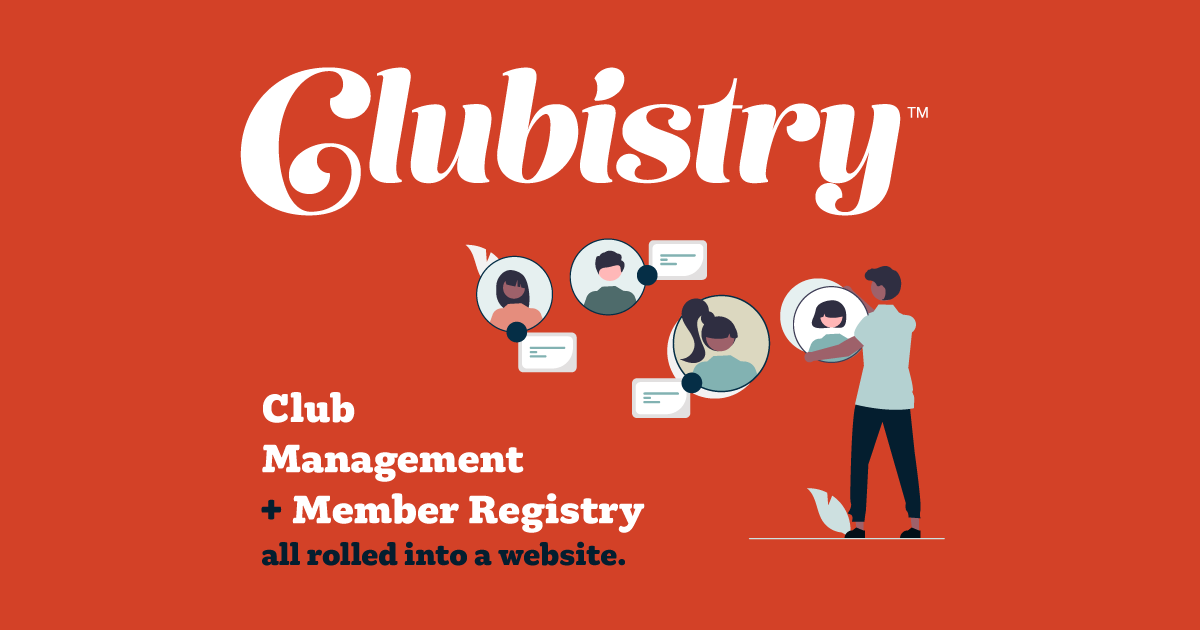What types of membership should a club have?
06/17/2024

One of the most important aspects of your club are the different types of memberships you can offer to members. Being such an important factor, we created this guide to help you navigate all the different options out there so you can make an informed decision that benefits your club the most.
Creating the perfect combination of membership types ensures you’re delivering membership packages that appeal to members’ budgets, preferences, career stages, and more. Ensuring you’re meeting your members’ needs and expectations can lead to greater member acquisition, engagement, and retention.
Different types, levels or tiers of memberships
1. Career oriented tiers
If your club is professionally oriented then members often have different needs and are looking for different benefits at various stages throughout their career journeys. Think about offering membership types based on various career stages, such as:
- New professional membership – Price is often a big consideration for new graduates and professionals who are early in their careers. This tier could provide a discounted rate for the first year of membership for this group and might offer a limited set of benefits that would appeal most to them.
- Intermediate membership – This tier might offer benefits for mid-to-late stage careerists who are looking to grow professionally through continuing education, career advancement resources, and deeper involvement in your club leadership.
- Lifetime/retiree membership – This tier could offer professionals who have a long career in your industry the opportunity to stay involved, even as they reach the end of their careers with benefits like mentoring and special events.
2. Family oriented tiers
Depending on the type of club you are managing you can have groups or families that can take advantage of bundled memberships to save on costs. The complement of that membership would be an individual one that only works for one member. Let’s explore them in more detail:
- Family membership – This type of membership is valid for multiple members, this complicates things a little bit for the organizers but provides enormous value for family members. For example in your rules or terms of service you can specify that this type of membership only applies to people who live in the same household and during the application process they have to submit documents proving that they live in the same address to take advantage of this type of membership. You could even stack progressively more discounts the more family members join under the same household.
- Individual membership – As explained before this would be the complement to the family or group membership where only one person gets the benefits of the membership. You can also consider the scenario where the individual membership can be “upgraded” to a family one if a relative or significant other moves in with the individual member and maybe have a special time of the year where they can upgrade to a family membership for free. Renewal time could be the perfect opportunity for this! Or just offer a discount to incentivize more members of the family to join for a limited period of time.
3. Billing cycle considerations
It’s important to let you know some key aspects to consider whether your memberships should be billable on a yearly or monthly basis:
- Yearly membership – This type of billing cycle is the favorite of SaaS companies and most modern subscriptions models. Why? There are multiple reasons:
- The payment “hurts” only once per year. After you convince the member to renew or make the initial payment they don’t have to even think about it for another year. So all your efforts can be spent making sure the members know all the benefits of your membership once per year instead of constantly reminding them every month and chasing them for payments.
- You only have to worry about payments, cancellations, invoicing and marketing efforts with a member once per year. This leaves you 11 months to focus on other tasks instead of constantly reminding members to pay every month. Huge time savings on this one.
- The club can have a more stable financial situation if they have the assurance that memberships are paid for an entire year instead of not knowing how much money they can count on every quarter or year. This lets the club strategize and plan activities with more confidence thus increasing the possibility of success in these events and increasing member happiness.
- Monthly membership – As the name implies this billing cycle occurs every month. For this to happen efficiently your club needs to have an online payment system in place where every month a saved payment method is charged for the membership dues, otherwise it’s going to be a nightmare to chase members and collect payments manually every single month. The benefit of this type of membership is entirely for the member: it’s less money to put upfront and a more affordable option to join or try the membership of your club.
4. Renewal time considerations
When is the membership renewed? We asked ourselves this question at Clubistry when we were building the platform. Here’s what we came up with:
- Anniversary membership – This type of membership renews depending on when the member joined for the first time. For example if the member joined on March 15 and it’s an yearly billing cycle then its membership would renew on March 15 of every year. If it was a monthly cycle then it would renew on the 15th of every month. If you imagine then having 2,000 members with anniversary memberships then the renewals will be distributed throughout the year making the financials more stable and less stress over the whole year.
- Calendar membership – As the name implies, this membership is renewed the same calendar day every month or year. It doesn’t matter when the user joined, you specify in the membership type the day and the month (in the case of yearly memberships) or just the day of the month (in the case of monthly memberships) when the renewals are due. Depending on the type and size of the club this could be beneficial if you just want to handle all renewals the same day of the year and there are even clubs with bylaws that specific what day (for example January 1st) all the renewals are due.
We hope this article gets you more comfortable when creating or reworking membership types of your club. But if you don’t have a club and want to get started for free today and Clubistry can definitely help with that! We’ve built all the functionality described in this article to supercharge your club with all the bells and whistles your members are going to love.
To learn more take a look at other articles with more tips and tricks to improve your club.
